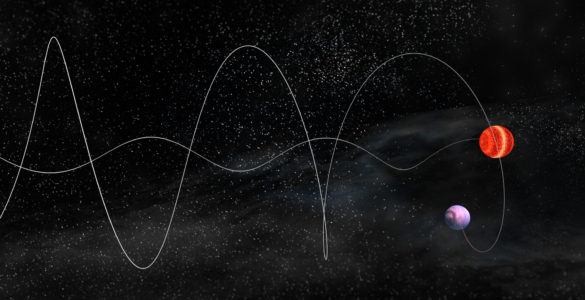Transit Method
When a planet passes directly between a star and its observer, it dims the star’s light by a measurable amount.
The transit method is a technique used in astronomy to detect exoplanets, which are planets outside our solar system. This method involves observing the slight decrease in brightness of a star when a planet passes in front of it, causing a temporary “mini-eclipse” known as a transit. Interestingly, we can draw parallels between the transit method and a solar eclipse to explain how it works:
Solar Eclipse: In a solar eclipse, the Moon passes between the Earth and the Sun, blocking out the Sun’s light partially or completely from certain vantage points on Earth. This results in a temporary dimming or “eclipse” of the Sun as seen from those locations.
Transit Method: Similarly, in the transit method, an exoplanet passes between its host star and the observer (usually a telescope). When the exoplanet crosses in front of its host star, it blocks a small portion of the star’s light, causing a temporary decrease in brightness, much like a mini-eclipse of the star.
Observation: During a solar eclipse, scientists and enthusiasts observe the Sun’s corona, the outer atmosphere that is normally too faint to see due to the Sun’s brightness. This can reveal valuable information about the Sun’s structure and behavior. Similarly, when an exoplanet transits its host star, astronomers can analyze the slight dimming of the star’s light to infer properties of the exoplanet, such as its size, orbit, and even its atmosphere.
Repetition and Data Analysis: Solar eclipses and exoplanet transits both occur periodically. By observing multiple transits of an exoplanet across its host star, astronomers can gather more data and refine their understanding of the exoplanet’s characteristics, much like how repeated observations of solar eclipses can lead to a better understanding of the Sun’s behavior and the dynamics of the Earth-Moon-Sun system.
Just as a solar eclipse provides valuable insights into the Sun’s behavior and structure, the transit method enables astronomers to detect and study exoplanets by observing the temporary dimming of their host stars as the planets pass in front of them. Both phenomena involve the temporary obstruction of light and yield valuable scientific data about celestial objects.








